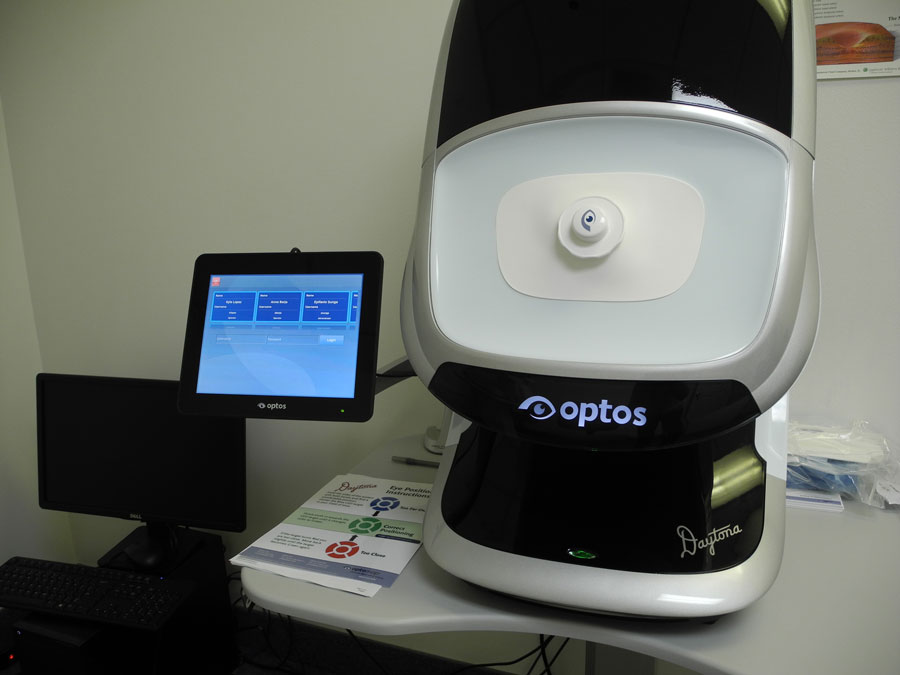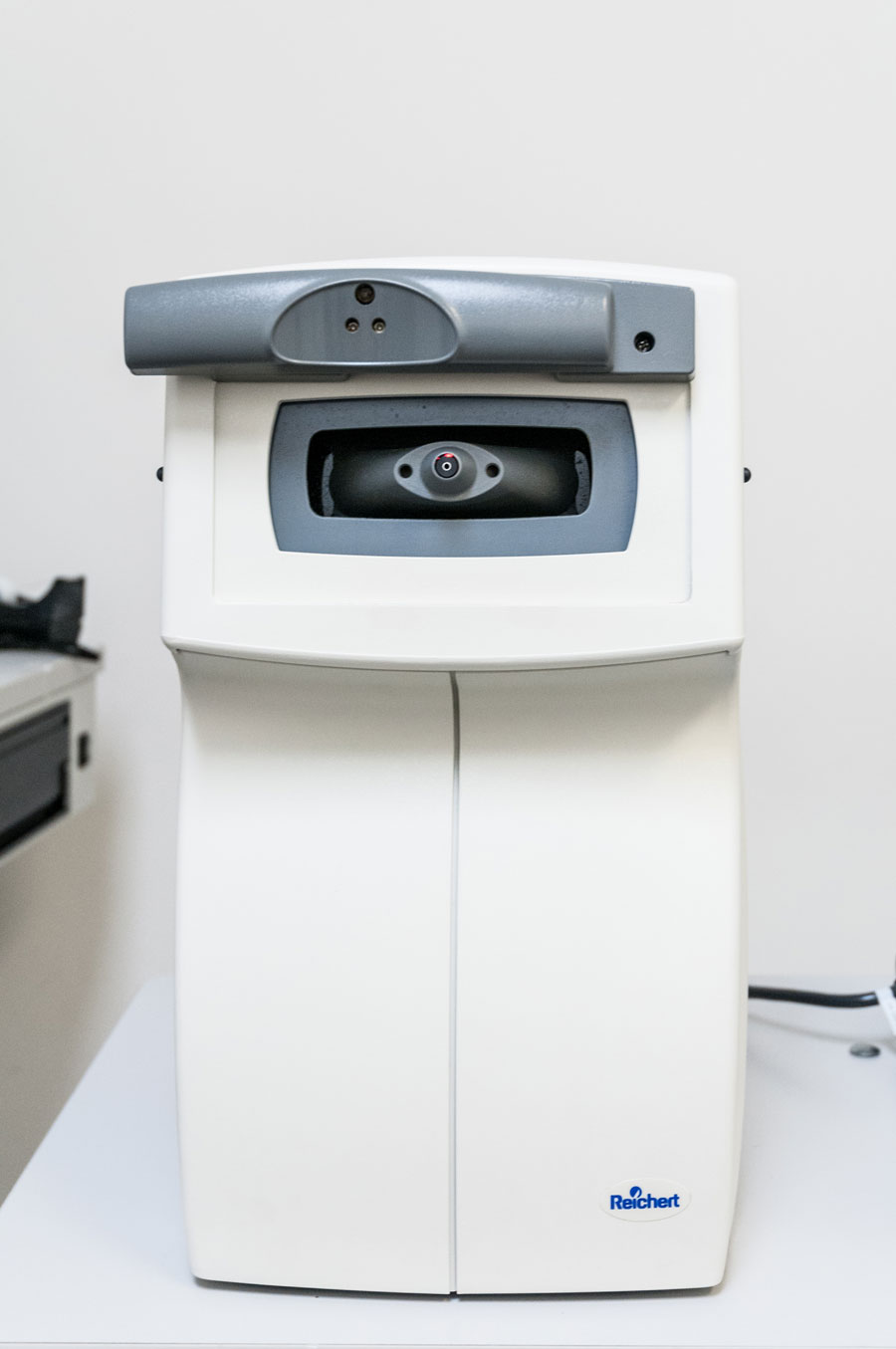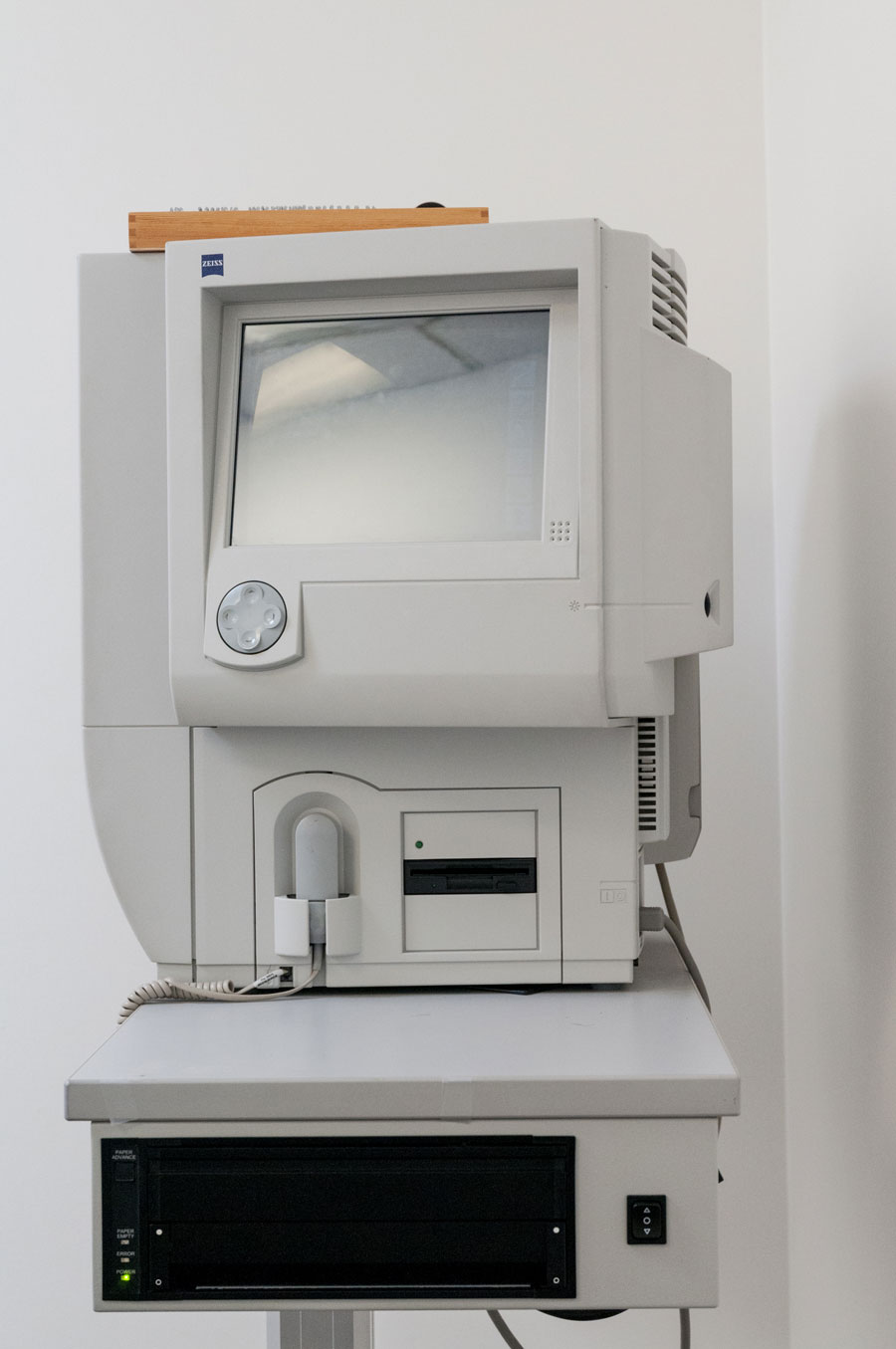Eye Exams at Dumont Eye Care
When you come for your appointment, we make sure to schedule ample time so you will never feel rushed. Our office provides complete eye care for both adults and children.
During your comprehensive eye health evaluation your eyes will be checked for any potential eye disorders or diseases. Your visual skills and abilities are carefully evaluated and appropriate treatment is prescribed, whether it’s medication, lenses, or vision therapy. We are prepared to handle your eye care needs with the latest in diagnostic equipment and eye care technology.
Total Care Exam
Our Total Care Exam has two parts. Doctor Sunga does an Ocular Health Evaluation where she will check for signs of any eye disease, such as glaucoma, macular degeneration, or vascular disease.
For the other part of the exam the doctor will complete a Vision Assessment to determine the strength of correction you’ll need, if any. A series of simple, non-intrusive tests will be administered by one of our optometric technicians or by the doctor to gather information that the doctor will use to evaluate both your vision and the health of your eyes.
Some of the very familiar tests include the Visual Acuity test. This is where you read the row of letters on the chart across the room. Variations of this test include using simple images for young children or the rolling “E” where you just point your finger in the same direction the “E” is facing.
Another test is performed using an occluder (the spoon shaped paddle used to block vision in one eye at a time). During this test the patient focuses on an object in the distance while the technician covers and uncovers each eye. This is helpful in determining if the eye muscles are working as they should.
At this point the technician will perform another similar test, moving a small object in an “H” pattern as the patient remains focused on it.
Determining Need for Prescription
The next step in your exam involves gathering the information the doctor will use in determining whether or not you would benefit from a prescription to correct your vision. Typically the optometric technician collects this data. First, an instrument is used to take an automatic reading of your prescription. At Dumont Eye Care we use an aberrometer. An aberrometer works by measuring a wavefront as it passes through the eyes. In an eye with no aberrations, the wavefront will be flat, like a piece of paper. In an eye with imperfections, it will be bent and distorted. To have aberrometry performed, the patient will look into the aberrometer and focus on a point of light. The aberrometer will send a low-level laser beam into the eye and measure the reflection, or wavefront. The measurements are taken when the light hits the retina, reflects off the retina and exits the eye.
The technician then enters the readings taken by the aberrometer into a phoropter. The patient looks through the phoropter and again sees a chart of letters and answers a series of questions, including the well-recognized “which is better, one or two?”. The technician will adjust the lenses in the phoropter several times to gather additional information on which prescription will provide the best vision to the patient.






